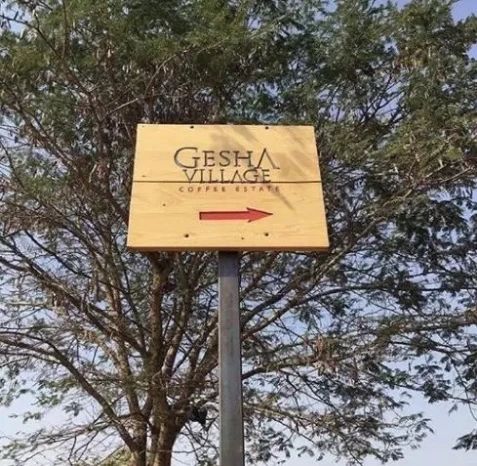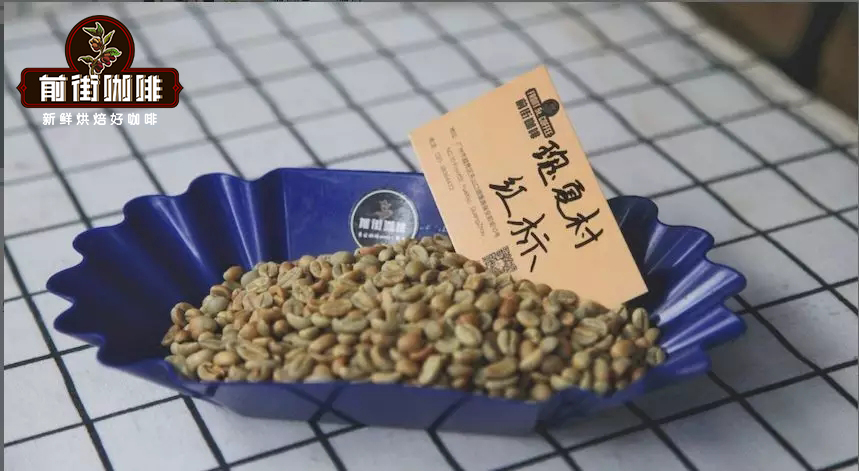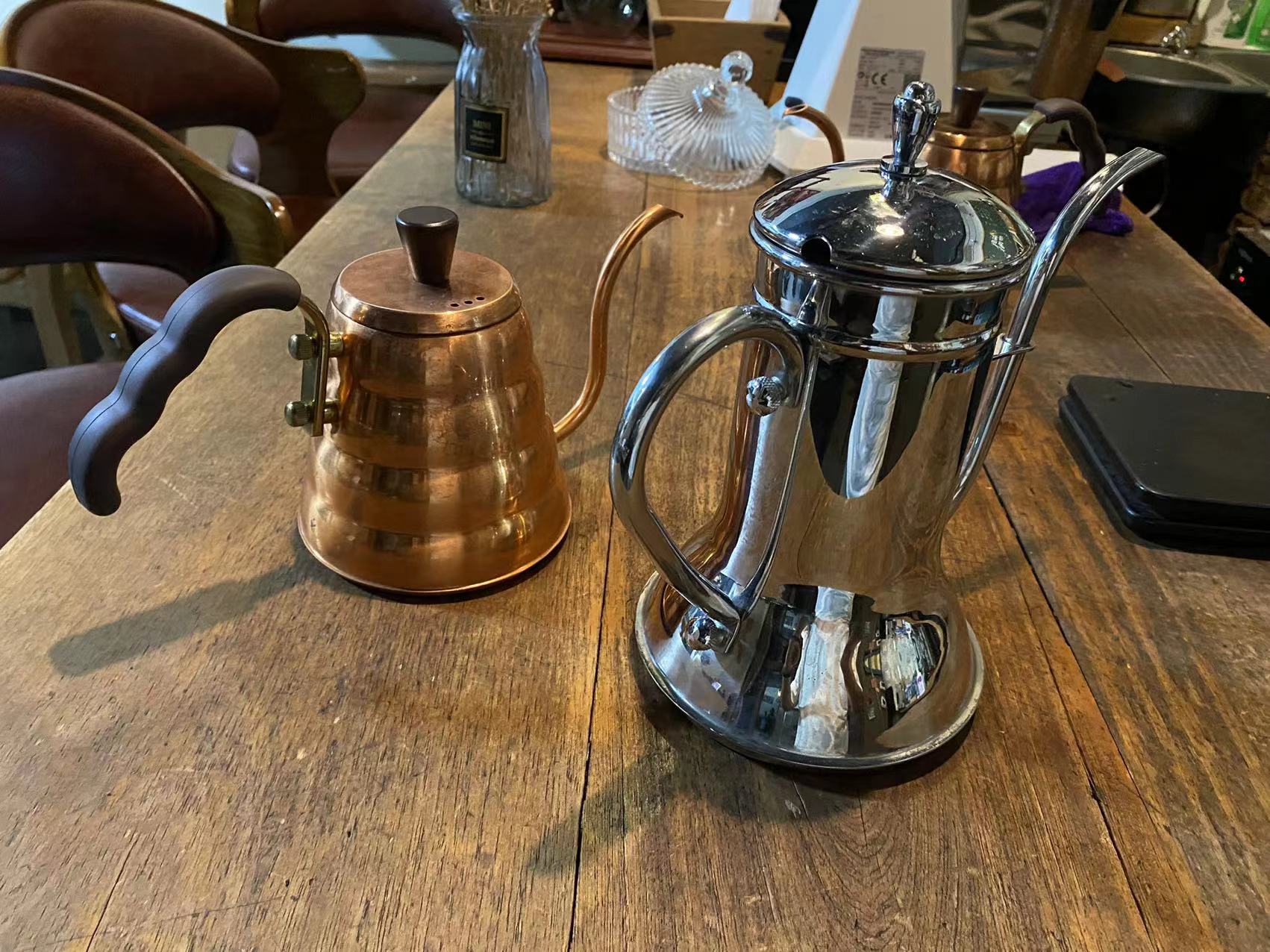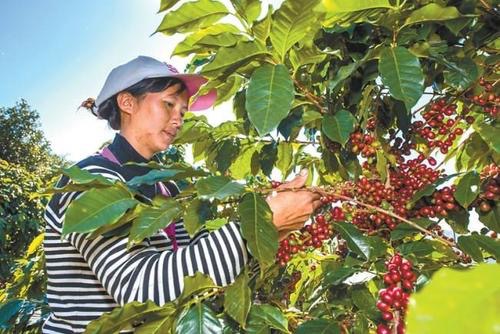Introduction and Evaluation of Ethiopian Rose Summer Coffee Bean Flavor introduction to the Origin of Rosa Coffee beans in Rosa Village
When it comes to rosy summer, you can definitely think of the rosy summer coffee beans of the Emerald Manor in Panama. Since then, you have been the champion of several coffee raw bean competitions, and you are even more frequent in the brewing competition. The flavor of Panamanian Rose Summer is like a cup of flower and fruit tea. It has a unique floral aroma and citrus flavor. So how did the summer roses come from? Since the rose coffee beans became popular in 2004, experts have identified the rose summer as a species from Ethiopia, where the coffee originated.
Today, let's talk about Ethiopia's Rosa Coffee beans. Documentary filmmaker Adam Overton and his wife came into contact with the Gera Coffee Forest in the Banchi Maggie region while filming a documentary about Ethiopian Coffee. In the process of shooting the documentary, I came up with the idea of setting up my own coffee estate and brand.

They were looking for the birthplace of Rosa Coffee, looking for the oldest species of Rosa Coffee. In 2011, they returned to the Banchi Magi region of Ethiopia. There were several areas called Rosa Village in Bangui Magi. They kept searching between them. Finally, many wild coffee species were found in a jungle called Gori Rose Forest. They picked many Rosa seeds and then screened them for planting. And set up the manor here, named Gesha Village Coffee Estate (Rose Summer Village Coffee Manor). The internal grading system of Ruoxia Village manor is competitive bidding, gold bid, red bid, green mark and Chaka batch.
Competitive bidding is the top batch, accounting for 3.7% of the total output. 10% of the total gold bid batch is the best batch in addition to bidding. Today, I would like to introduce Jinbiao, which is the competition bean chosen by many baristas. It has complete traceability, outstanding flavor and high complexity of each batch.

We use v60 filter cup, the ratio of water to powder is 1:15, and the grinding degree uses the national No. 20 filter screen rate of 80%. The flavor is reflected in the aroma of fermented wine, the acidity of citrus and kumquat, and the fullness of berry juice.
Important Notice :
前街咖啡 FrontStreet Coffee has moved to new addredd:
FrontStreet Coffee Address: 315,Donghua East Road,GuangZhou
Tel:020 38364473
- Prev

coffee making facilities| What are the characteristics of hand brewed coffee beans?
During the brewing process, the rate of water supply will affect the rate of coffee extraction, and it is difficult for ordinary kettles to provide stable and slow water flow. This year, there has been a special hand-made pot, and there has been a dramatic change in the coffee shop. Almost this kind of stable and controllable hand-made pot has appeared in the coffee shop.
- Next

Papua New Guinea Coffee | introduction of Papua Coffee Bean production area _ Evaluation of Coffee Bean Flavor in Paradise Bird Manor
Papua New Guinea coffee beans are known as Little Blue Mountain coffee beans, because of their volcanic soil and rich rainforest environment, they are similar to the growing environment of the Blue Mountains in Jamaica, and their beans are the same iron card beans. Papua coffee beans were introduced by Dutch sailors in the late 18th century. Today,
Related
- Guji coffee producing area of Guji, Ethiopia: Humbela, Shakiso, Wulaga
- What is the most expensive variety of Qiloso in BOP multi-variety group?
- How to store the coffee beans bought home?
- Why are Yemeni coffee beans so rare now?
- Ethiopian Sidamo all Red Fruit Sun Sun Santa Vini Coffee beans
- SOE is mostly sour? What does it mean? Is it a single bean? what's the difference between it and Italian blending?
- Is Italian coffee beans suitable for making hand-brewed coffee?
- How to choose coffee beans when making cold coffee? What kind of coffee beans are suitable for making cold coffee?
- Just entered the pit to make coffee, what kind of coffee beans should be chosen?
- Can only Japan buy real Blue Mountain Coffee? What are authentic Jamaican Blue Mountain coffee beans?

